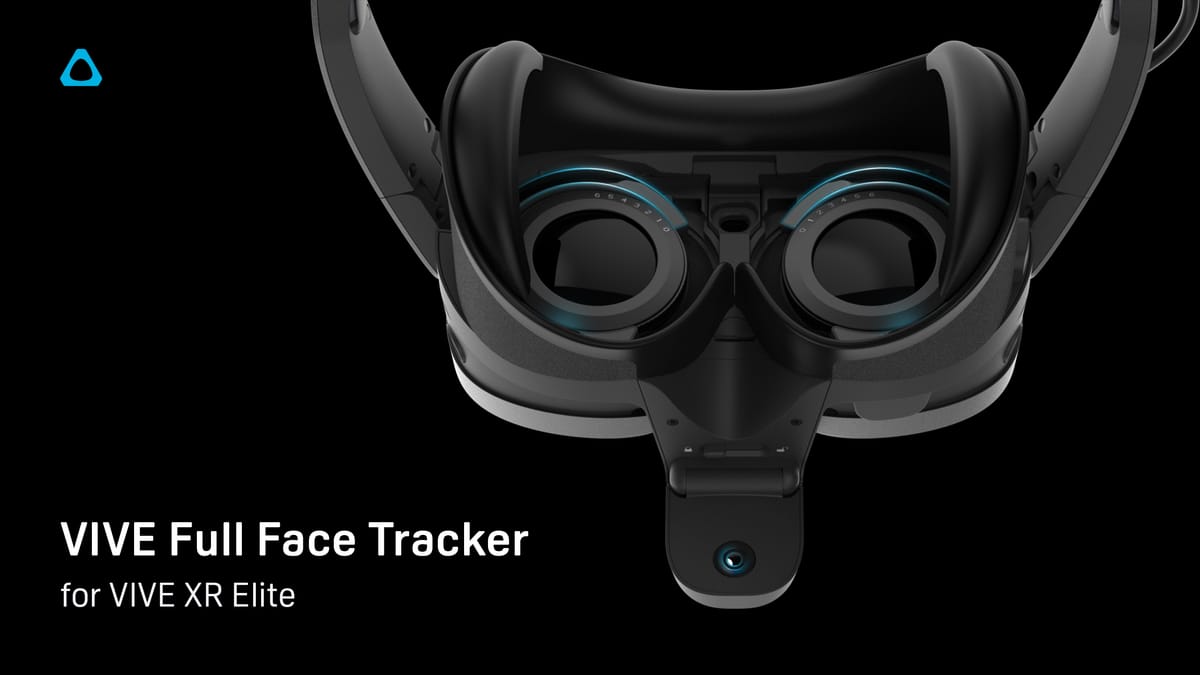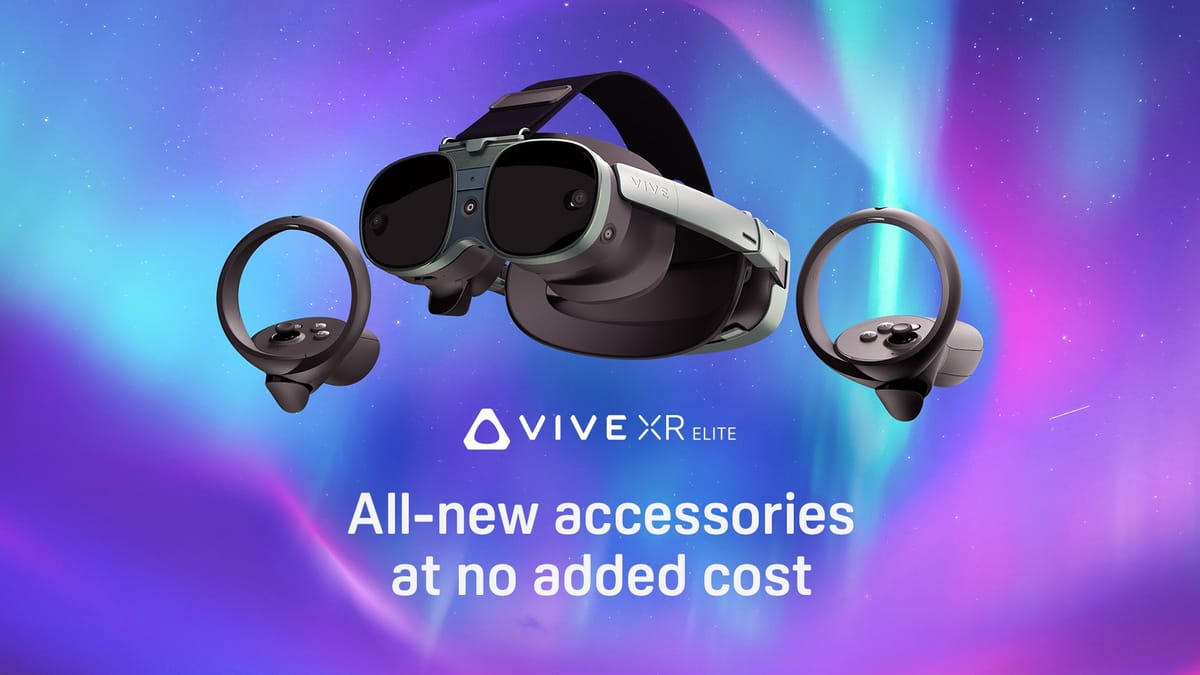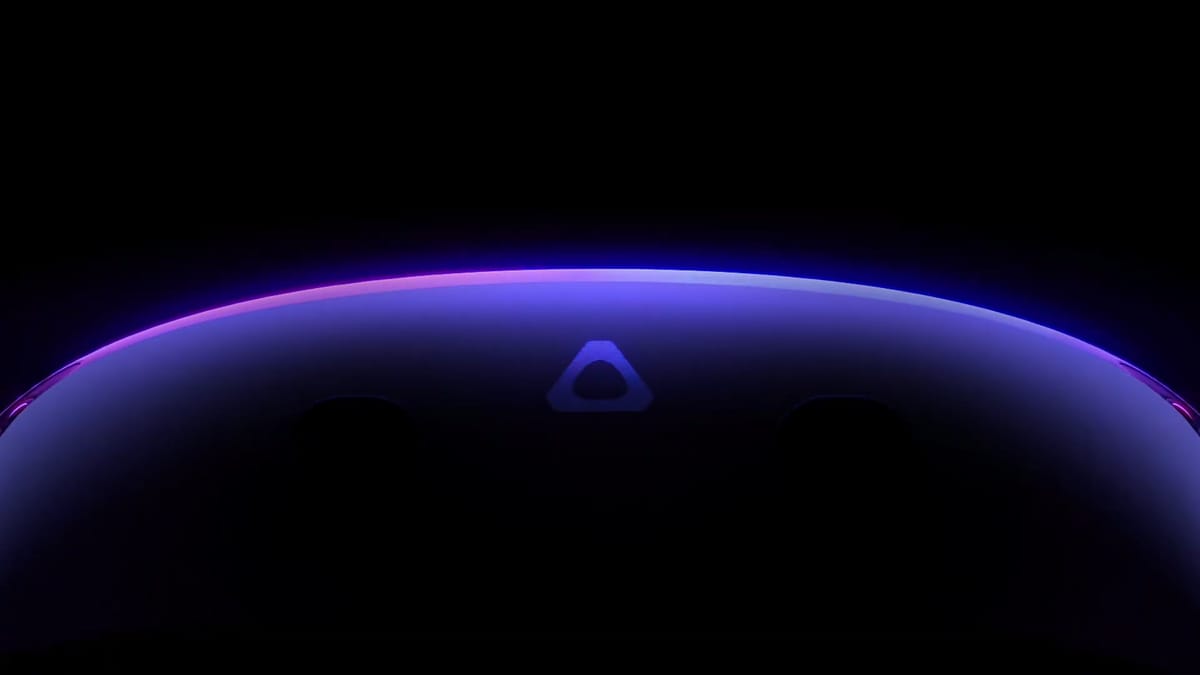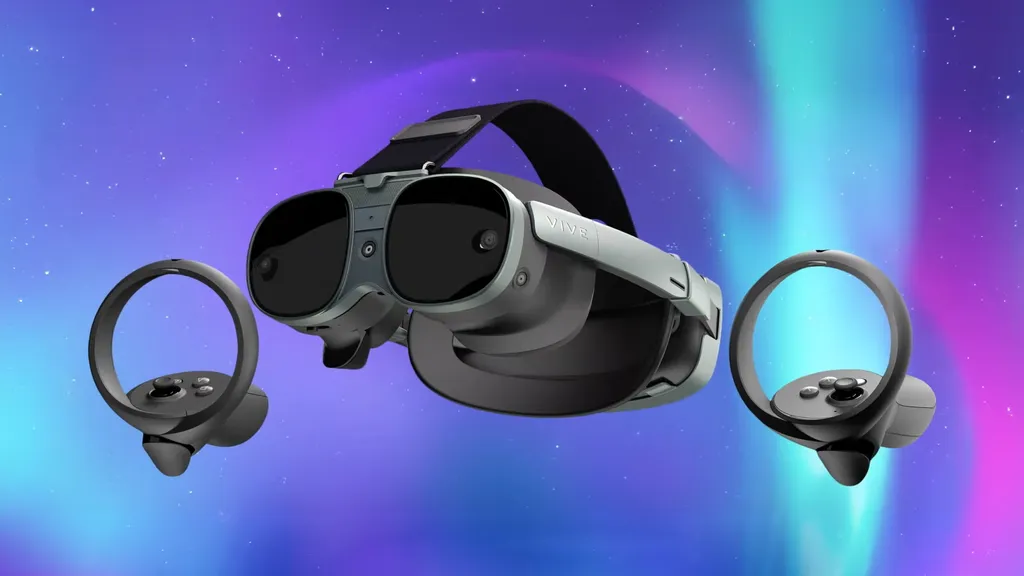HTC cut the price of Vive XR Elite from $1100 to $900 in the US.
Vive XR Elite is HTC's most recent standalone headset, launched early last year, and its first targeted to consumers instead of just businesses. XR Elite features the same kind of small early pancake lenses as 2021's Vive Flow, and uses the original generation Snapdragon XR2 chip also used in Quest 2. It also has color passthrough for mixed reality, but the view isn't depth-correct and the scale is off.

The new price brings Vive XR Elite below Quest Pro, but still significantly higher than Quest 3, which has the newer XR2 Gen 2 chipset with twice the GPU power, and superior dual-element pancake lenses with a wider field of view and sharper image.
What you can't get with Quest 3 however is face and eye tracking, available for Vive XR Elite with a $200 addon. Still, those features are available on Quest Pro for $1000, less than even the new $1100 total price of Vive XR Elite and the addon. As such, it's unclear what exactly Vive XR Elite's consumer proposition is against its competition.
One argument for Vive XR Elite is that it has built-in compatibility for Vive Ultimate Trackers, including body tracking in both the standalone and PC versions of VRChat.

Vive XR Elite also still comes with the free Deluxe Pack of four accessories HTC launched in June. This includes an upgraded facial interface, a forehead mounted facial interface, a front-to-back top strap, and improved clips for the rear battery. Still, these things are all standard in Quest Pro, and available as third-party accessories for Quest 3.
This price cut comes as HTC is teasing a new Vive headset on social media. Qualcomm previously said HTC will use its latest XR2+ Gen 2 chipset, but it's unclear if this new headset will actually use that.





























